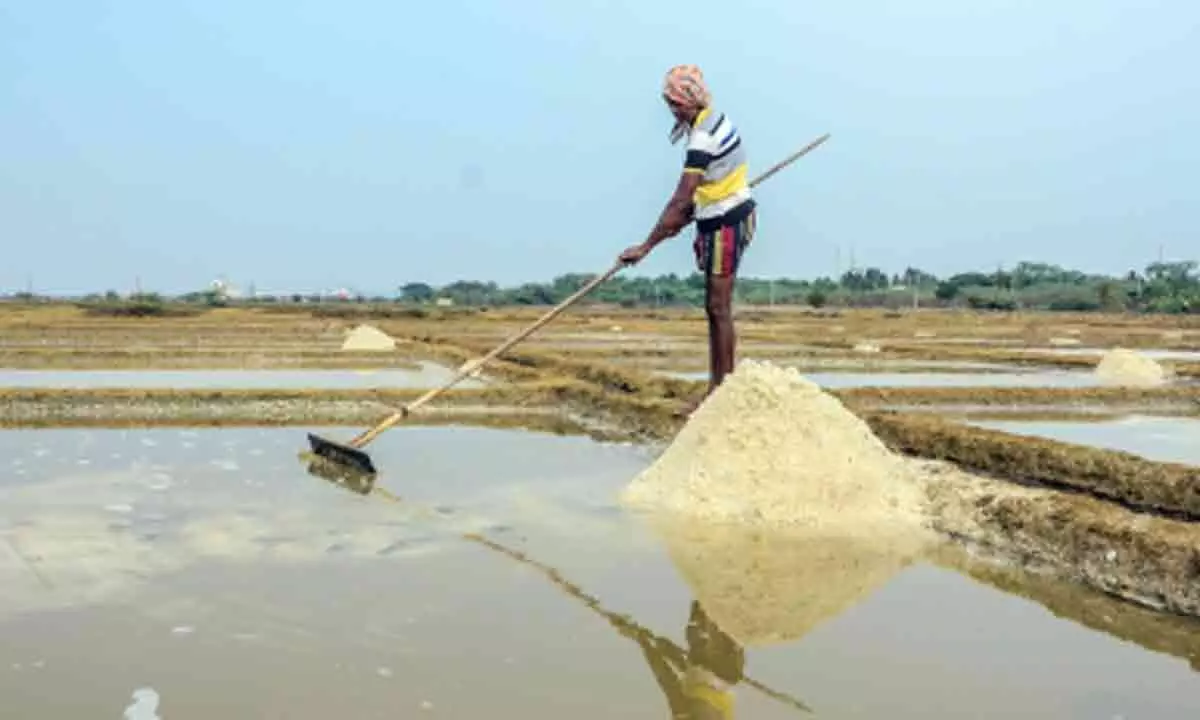Live
- Delhi Police Issues Summons to Revanth Reddy in fake Video Case
- YCP candidate BS Maqbool campaigns in Kadiri Town, urges voters to reject TDP's false promises
- Kandikunta Venkataprasad Gains Strong Support in Kadiri Constituency Election Campaign
- Massive Turnout and Enthusiasm for YCP Election Campaign in Warikuntapadu Mandal
- TDP Gains Momentum in Bogolu as YSRCP Members defect
- NDA Alliance Candidate Starts Election Campaign in Ibrahimpatnam Mandal of Mylavaram
- Congress MLA Candidate Ganesh Campaigns Secunderabad Cantonment Constituency
- Home Minister's doctored video: Telangana CM Reddy summoned by Delhi Police, say sources
- Sonakshi thanks filmmakers who've taken 'the risk' to cast her differently
- Rinku has to be a certainty in the 15 for T20 WC, says K Srikkanth








